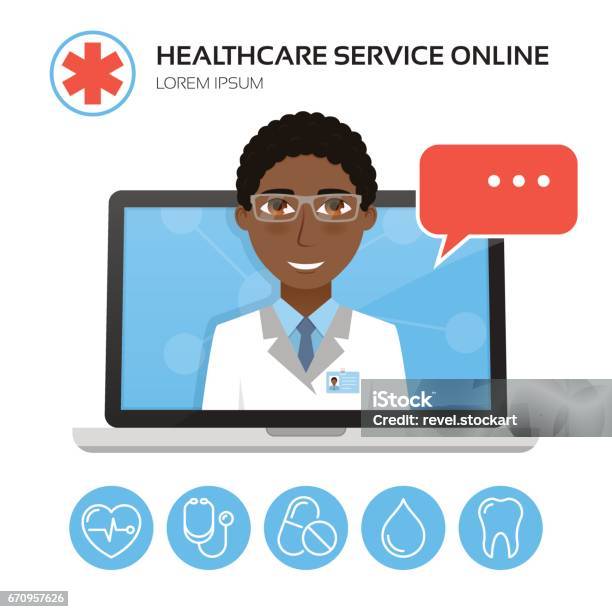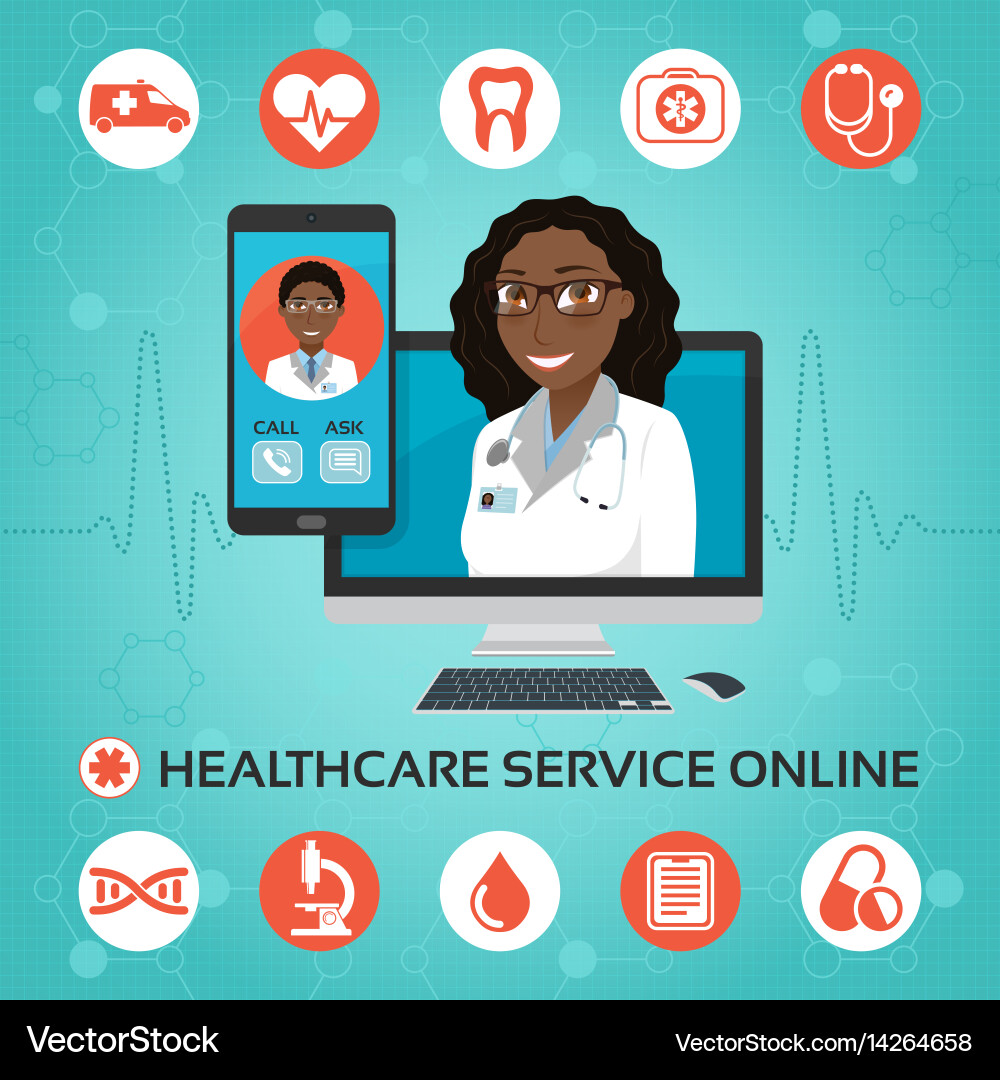How Subscription Based Healthcare is Transforming Patient Access to Services
How Subscription Based Healthcare is Transforming Patient Access to Services
Blog Article
Just How Subscription-Based Health Care Is Revolutionizing the Medical Sector

The Increase of Registration Medical Care
In recent times, the medical care sector has seen a substantial change in the direction of subscription-based versions, mirroring more comprehensive customer fads preferring ease and predictability. This makeover is driven by the increasing need for even more accessible and personalized treatment remedies. Registration health care, often referred to as concierge medicine or straight medical care, provides patients a set month-to-month charge for a series of clinical services, dramatically altering traditional fee-for-service versions.
The increase of subscription health care is promoted by improvements in innovation, which enable streamlined interaction between companies and patients - subscription based healthcare. Digital systems and telehealth services have actually ended up being essential, offering individuals the capability to set up visits, access clinical records, and obtain examinations online. This technological assimilation not only boosts client engagement however also enables service providers to supply much more reliable care
Furthermore, the membership version straightens with the advancing expectations of individuals that seek more control over their healthcare expenses and experiences. While this model is acquiring traction, its proliferation deals with difficulties such as regulative obstacles and the requirement for wider approval within the standard health care environment.
Advantages for Individuals and Providers
Subscription-based health care supplies a wide range of advantages for both clients and providers, reshaping the characteristics of clinical care. For clients, this design gives enhanced access to medical care solutions.
For doctor, subscription-based versions foster a more sustainable and gratifying practice. By protecting a steady revenue stream, providers can concentrate on supplying top quality treatment without the stress of volume-based service. This model encourages longer client examinations, cultivating more powerful patient-provider partnerships and boosting wellness end results. In addition, it supplies service providers the flexibility to innovate and integrate all natural and preventative treatment methods. Management tasks are typically streamlined, decreasing overhead costs and allowing providers to commit even more time to person interaction. Generally, subscription-based health care aligns the incentives of carriers and individuals, promoting a more reliable and patient-centered health care delivery system.
Trick Features of the Design
Regularly, the key functions of the subscription-based medical care model highlight its unique technique to supplying medical services. Central to this model is the idea of foreseeable, month-to-month payments, offering clients a detailed variety of solutions without the changability of traditional fee-for-service structures. This design commonly includes unlimited access to main care services, preventative treatment, and regular exams, guaranteeing that clients can engage with their doctor proactively instead of reactively.
In addition, straight interaction networks, such as telemedicine and messaging platforms, are highlighted, enabling clients to get timely advice and assessments without needing in-person appointments. This enhances accessibility and convenience, specifically for people with wheelchair restrictions or those hop over to here living in remote areas. The model likewise promotes stronger doctor-patient partnerships, as health care carriers are incentivized to concentrate on long-lasting wellness results as opposed to temporary gos to.
Furthermore, subscription-based health care often incorporates technological advancements, such as digital health and wellness documents and health surveillance applications, to offer reliable and personalized care. Patients profit from coordinated and continual treatment monitoring, which is tailored to their specific health needs. Ultimately, these features collectively create a patient-centered health care experience, prioritizing access, expense openness, and precautionary treatment.

Difficulties and Factors To Consider
While the subscription-based healthcare model offers various advantages, it is not without its factors to consider and obstacles. Subscription versions might accidentally favor those with greater socioeconomic condition, possibly widening differences in health care accessibility for lower-income individuals that may struggle with month-to-month fees.
Another obstacle depends on regulatory compliance. Subscription-based health care should browse an intricate web of guidelines that differ by area, including concerns around individual discretion, information defense, and state licensing needs. Making sure conformity without impeding the design's flexibility and technology can be intimidating for suppliers.
In addition, there is the risk of overutilization or underutilization of services. Patients paying a fixed fee might overuse services, resulting in enhanced functional expenses, while others may underutilize due to fear of straining the system, potentially ignoring required treatment.
Future Prospects and Innovations
The landscape of subscription-based medical care is positioned for transformation with arising innovations and advancing potential customers. As innovation continues to advancement, the assimilation of fabricated knowledge and artificial intelligence presents substantial chances to improve diagnostic precision and simplify client monitoring. Predictive analytics can reinvent preventative care by identifying possible health and wellness dangers before they materialize, consequently reducing both prices and the worry on medical check over here care systems.
Additionally, telemedicine is readied to increase within subscription versions, offering patients boosted access to find out here now medical care experts no matter geographical restraints. This not just promotes continuity of care yet also empowers patients to engage even more proactively in their wellness management. Additionally, blockchain modern technology provides prospective in securing person information and ensuring interoperability throughout systems, cultivating trust and openness.
The development of individualized medicine is another frontier, with registration models giving an unique framework for delivering customized health and wellness solutions. Hereditary testing and individualized treatment plans can be effortlessly integrated, straightening client needs with details medical interventions. Partnerships between tech firms and medical care service providers are likely to generate innovative remedies, improving individual experiences and outcomes. As these prospects materialize, subscription-based medical care has the possible to redefine exactly how treatment is delivered and accessed.
Conclusion
Subscription-based healthcare is changing the clinical industry by using an extra obtainable, foreseeable, and patient-centered method to medical solutions. This design improves patient-provider connections, makes certain financial openness, and stresses preventive care via endless examinations and telemedicine. In spite of obstacles such as regulative difficulties and prospective variations in access, the subscription version holds guarantee for an extra efficient and customized health care experience. As technology advancements, further advancements are most likely to deal with existing obstacles and optimize health care distribution.
Membership health care, sometimes referred to as concierge medicine or straight main treatment, supplies individuals a set monthly fee for a range of medical services, dramatically altering typical fee-for-service designs.
Moreover, the membership version lines up with the developing expectations of people who look for more control over their health care expenditures and experiences. For individuals, this design offers improved accessibility to medical care services. In general, subscription-based medical care straightens the motivations of clients and providers, promoting an extra patient-centered and reliable healthcare shipment system.
Moreover, telemedicine is set to broaden within subscription designs, offering clients boosted accessibility to medical care experts regardless of geographical constraints. - subscription based healthcare
Report this page